There’s a bike that can do the same as three different bikes. Impossible? Not really! The new Ducati Diavel 1260 S can be a naked, a cruiser, or even a sportbike. But in reality she’s none of those. The new generation of the Diavel offers a spicier character.
Text: Bruno Gomes Photos: Ducati

It’s not easy to categorize the Ducati Diavel. Since its introduction on the market in 2010, this muscular Italian bike was born to defy concepts, and with motorcyclists around the world accepting the innovative concept, Ducati’s decision proved to be a good one. The Diavel created a new segment and broke preconceived ideas about this type of motorcycles. She created what Ducati says it’s a muscle bike, and the inspiration for their latest version is the classic American muscle cars.
The main goal for Ducati this year was to create a bike that mixed some characteristics of three different bikes. A bit like what they did with the Multistrada, a model the Italian brand says it’s a “4 in 1”, but in the case of the Diavel it’s a “3 in 1”. So, the new Diavel presents herself as a sporty naked, as a relaxed cruiser, and also as a sportbike.
To achieve this goal, Ducati has used on the new Diavel a set of features sourced from each of these three different type of bike: from the current sportbikes the Diavel gets inspiration for the lower body, side fairings, and the upswept rear. From the sporty naked like the Monster, the Diavel gets the high and wide handlebar and that big fuel tank. And from cruiser bikes, the Diavel gets a big wheelbase and low seat.
The engine installed on the trellis frame works as a structural element. It’s the well-known Testastretta L-Twin with 1262 cc that we’ve already seen being used on the Carbon and Titanium versions of the Diavel. Its performance is improved through the new intake, exhaust, injection. Everything was done to allow the engine to develop 159 hp at 9500 rpm, while torque goes up to 129 Nm at 7500 rpm.

But more than the numbers shown on the tech specs, what impresses the most on this engine is the way we are allowed to explore it. That’s because Ducati is now using the fantastic Desmodromic Variable Timing (DVT). With this system in place, the Testastretta shows strength and power at any rpm.
From 2500 rpm the engine just revs up really fast, and up until 7500 rpm I did notice that the twin-cylinder engine develops much more torque than before. And even over the 7500 rpm mark, where the engine reaches its peak torque, the rpm’s will keep on rising without any problem until the rev limiter reveals itself near the 10.000 rpm mark.
As I said, this behavior of this Italian engine is great, and that’s the work of the DVT system. The DVT allows Ducati to constantly change and adapt the timing of the valve’s opening. The camshafts are rotated through a hydraulic actuator. The amount of oil inside the actuator controls the opening of the valves.
At lower revs, the DVT allows for a small overlap on intake and exhaust valves, smoothening the power delivery of the engine. But as speed grows and the rpm’s also getting higher, the DVT will allow for a greater overlap and that way the rider will get the full power of the 159 hp. On the original Diavel the engine was a bit rough, but on the new Diavel 1260 S the engine is really smooth and linear in the way it delivers its power and torque.
To let me discover the new Diavel 1260 S, the version that gets better components, Ducati invited me to travel to some of the best roads in Spain, in Marbella and Ronda. The riding position isn’t as relaxed as a pure cruiser, so the rider needs to lean over the fuel tank to reach the wide handlebars. The rearsets are now higher and further back than before, meaning I had to flex the legs a bit more than on the older Diavel. But the exhaust headers are now hidden below the engine, so it’s easy to find a position to hide the legs near the engine.
Over the first few kilometers, I’ve opted to go in Urban riding mode. With Urban, the Diavel 1260 S only delivers 100 hp. And the electronic riding aids are much intrusive. It was the perfect way to start my day aboard the Diavel 1260 S.
The wide seat, which is covered in suede on the S version and features the Diavel logo on aluminum plate, is comfortable enough and its design allows for taller riders to find a great riding position. It lets us feel like part of the bike. At just 780 mm in height, the seat is pretty low, and that’s a good thing while riding in urban areas or maneuvering the Diavel on tight places.
But the relaxed riding didn’t last long. The Ducati lead rider showed us the way to find what I can only describe as motorcycle heaven. Soon we were riding along some of the best roads in the Ronda mountains. That was the moment to switch to Sport riding mode. As soon as the system accepted my commands, I immediately felt the Diavel 1260 S being more reactive to my inputs, and throttle response is much more immediate than before. We need to be careful at small throttle openings since the engine will deliver its torque really fast, but that massive 240 mm Pirelli Diablo Rosso III rear tyre will manage the 129 Nm of torque with ease.
I didn’t feel the loss of grip for most of the journey, but on some polished sections of asphalt in Ronda, the eight-level adjustable traction control worked well helping me to keep the Diavel 1260 S on the ideal line. The traction control doesn’t cut the power delivery too much, and I’ve only noticed it was working through the many yellow and red lights blinking on the new 3,5-inch TFT screen.

It’s also in Sport riding mode that I was able to use the premium components featured on the Diavel 1260 S. This version gets Öhlins suspensions front and back. They have a stiffer setting from the factory, but that’s a good thing since the Diavel still weighs 244 kg wet, meaning the suspensions do need to be stiff to manage all that weight moving around. Even with all that weight, I didn’t feel the Diavel heavy. The low center of gravity helps to hide those 244 kg, and the handlebars allow for ease of movements, without much effort, while dancing from corner to corner.
It’s not as agile as a sportbike, but it does handle tight corners pretty well for a bike with 1600 mm wheelbase. We need to get used to the mass, and the initial moment of leaning into a corner can be a bit tricky. But as soon as the Diavel is leaned on the right trajectory, it will hold the line without a problem. At least until the rearsets start touching the asphalt.
The last part of the 220 km journey was a bit tighter than usual. Slow second gear corners almost all the way to the “finish line”. That was again a moment to change to a new riding mode: Touring. Of all the three riding modes, this is the one that I like the most. It still lets the Testastretta to develop the full 159 hp, but at the same time, the throttle response is smoother than in Sport.
Tight corner means the brakes need to be perfect. Or at least near perfect. And that’s exactly what we get on the Ducati Diavel 1260 S! The brakes are sourced from Brembo. It’s a sportbike level brake system, with large diameter brake discs and Brembo M50 monoblock calipers at the front. Combined with PR16/19 master cylinder, this means I was able to brake really late into the corner and keep pushing the brakes for 85 km without feeling any brake fade.

The ABS with cornering function does miracles. You can feel the ABS working through some light lever vibrations, but that’s it. The rest of the time the brakes will offer great feedback and braking power, allowing to ride this Italian muscle bike really fast even on tight roads.
I’ve also been impressed with the new Ducati Quickshift system. On this S version, it’s factory equipment, and after riding the Diavel for over 200 kms I’d say it’s almost impossible to not have a Diavel fitted with this quickshift. At lower gears (1st to 2nd) the transmission will still be abrupt, but past that point and I almost didn’t feel the gear changes. And even when going down the gears the feeling is basically the same.
I end my review on the Ducati Diavel 1260 S going back to the beginning of my text. The Diavel is, now more than before, a bike that mixes three different types of motorcycles into one. It’s not a cruiser, but the long wheelbase allows for good straight-line stability. It’s not a naked like a Monster because of its sheer weight, but the riding position is very similar to the Monster. It’s also not a sportbike, it doesn’t offer big lean angles and over 200 hp. But the components are almost like the ones we find on a superbike, as are the electronic riding aids.
With near perfect quality components and fit, the Ducati Diavel 1260 S is a premium bike that deserves a lot of credit for changing the way we look and ride this kind of motorcycles. It’s expensive, but then again, what you’ll get for your money is well worth the effort!





















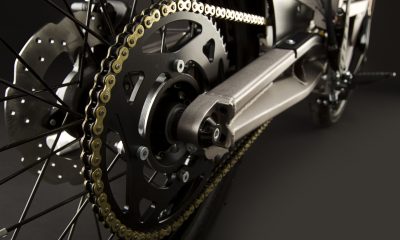

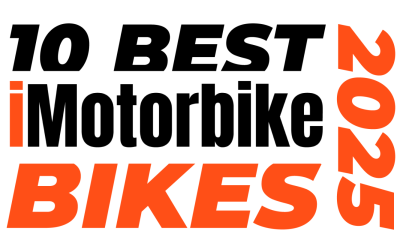


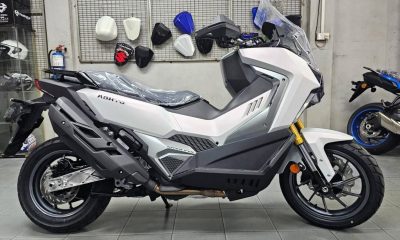
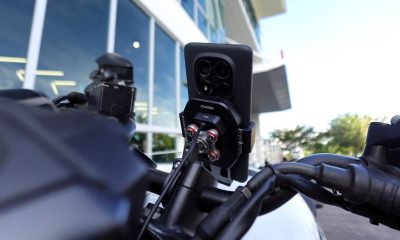

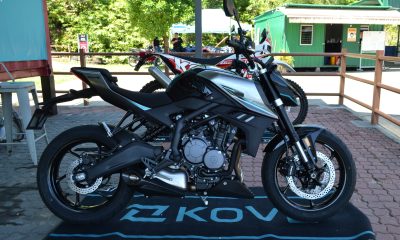

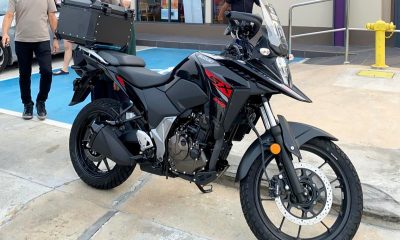
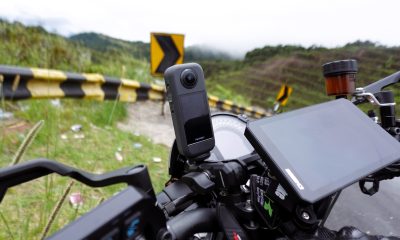
















Facebook
Instagram
X (Twitter)
YouTube
LinkedIn
RSS